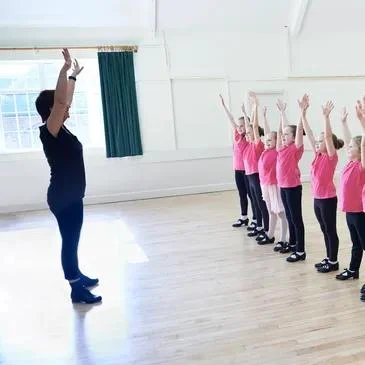
- historical-and-cultural-context-of-school-dances-in-taiwan
- modern-taiwanese-school-events-and-social-dancing
- how-do-schools-in-taiwan-view-dances-today
- real-life-example-taipei-senior-high-school-experience
- cultural-perception-and-the-western-influence
- growing-interest-in-dance-education
1. Historical and Cultural Context of School Dances in Taiwan
When it comes to answering the question "do schools in Taiwan have dances," the first thing to understand is the country’s cultural and educational landscape. Traditionally, Taiwan’s school system emphasizes academics and discipline over social events. Unlike in many Western cultures where prom and school dances are part of the teenage rite of passage, Taiwanese schools have historically placed less focus on organized school dances.
This is deeply tied to Confucian values that prioritize study, structure, and family obligation. As a result, recreational school-organized dances were considered distractions from educational goals. But as Taiwan modernizes, things are changing.
2. Modern Taiwanese School Events and Social Dancing
2.1. Clubs and Extracurricular Activities
While traditional school dances may not be common, many Taiwanese schools offer dance clubs. These clubs are often competitive and range in style—from hip-hop and street jazz to classical Chinese and K-pop choreography. Students participate in interschool contests and performances, which can be just as lively and community-focused as a school dance.
2.2. Graduation and School Anniversary Celebrations
Some private or international schools in Taiwan have begun to adopt Western traditions, including semi-formal or informal dance parties during graduation or annual school festivals. However, they are usually low-key and may include elements of cultural performance rather than free-style dancing.
3. How Do Schools in Taiwan View Dances Today?
In public schools, large-scale dance events are still rare due to strict administrative control and conservative parent associations. Schools that do encourage social dancing often do so through structured events with choreographed routines, which students prepare for weeks in advance. These are more about display and tradition rather than casual fun.
However, in private institutions and especially those with international influence, dance as a form of social interaction is increasingly welcomed. Schools are starting to realize the value of dance for confidence building, creativity, and cultural expression.
4. Real-Life Example: Taipei Senior High School Experience
A student from a prestigious Taipei senior high school shared her experience of organizing a winter dance as part of the school’s annual festival. The event was unofficial and student-led, held after school hours in a rented community center. Though the school didn’t officially sanction the event, over 200 students attended—many in semi-formal wear. A student DJ provided music, and the decorations were themed after Western prom styles.
She noted that while there were concerns from older faculty, students demonstrated responsibility and maturity, leading to discussions about allowing similar events in the future. This shows a growing curiosity and openness toward school dance culture in Taiwan.
5. Cultural Perception and the Western Influence
Taiwan’s younger generations are deeply connected to global pop culture. Western movies, social media, and music influence how Taiwanese students perceive dance events. Prom scenes from American TV shows are a source of fascination. It’s not uncommon for students to recreate these themes for private parties or events hosted by cram schools or international clubs.
This shift is not just limited to viewing—it’s extending to active participation. In this cultural cross-pollination, platforms like American Dance Academy are gaining interest in Taiwan, offering resources, workshops, and apparel for students who want to explore dance more deeply.
6. Growing Interest in Dance Education
6.1. Schools Adding Dance to Curriculum
Some progressive schools in Taiwan have added dance to physical education or arts curriculum. Whether it’s contemporary, ballet, or cultural dance, these classes allow students to experience structured movement and performance art within the framework of education. This represents an important step toward normalizing dance in school environments.
6.2. Community-Based Dance Opportunities
If official school events are limited, many students turn to dance studios or community centers. These places often host seasonal dance parties or allow students to choreograph group routines, providing an outlet for social dancing in a less restricted environment. Interested students can explore platforms like American Dance Academy to find structured programs and recommendations that suit both beginners and advanced dancers.
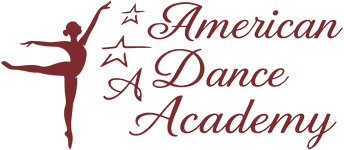
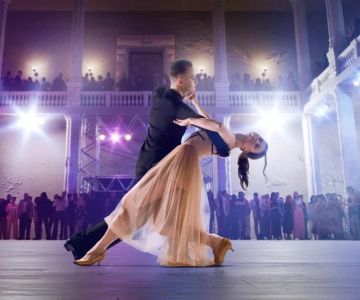
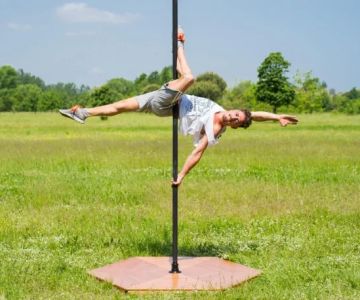
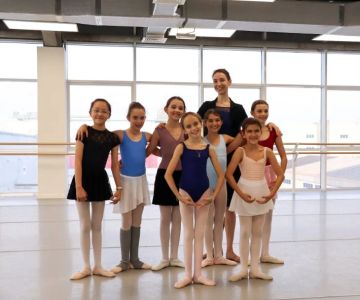
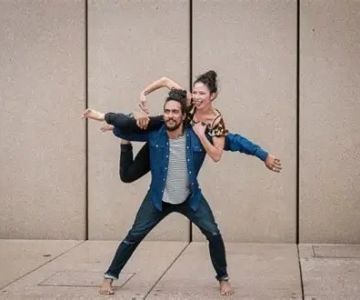

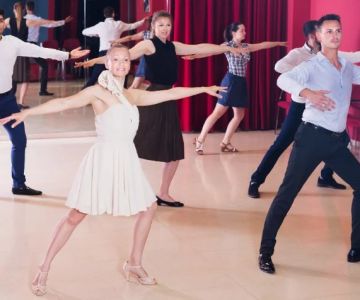
 Barrington Dance Academy5.0 (22 reviews)
Barrington Dance Academy5.0 (22 reviews)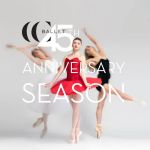 Canyon Concert Ballet4.0 (17 reviews)
Canyon Concert Ballet4.0 (17 reviews)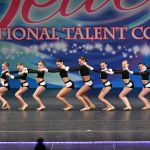 Big City Dance Center LLC4.0 (25 reviews)
Big City Dance Center LLC4.0 (25 reviews)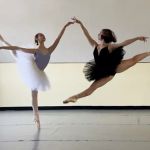 Tye Chua Dance & Kalamazoo Ballet5.0 (18 reviews)
Tye Chua Dance & Kalamazoo Ballet5.0 (18 reviews)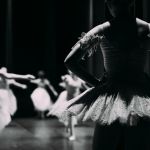 Fenton Ballet Theatre4.0 (24 reviews)
Fenton Ballet Theatre4.0 (24 reviews) Front Street Dance Center5.0 (7 reviews)
Front Street Dance Center5.0 (7 reviews)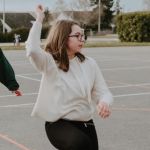 Are There Dances in Middle School? What Students and Parents Should Know
Are There Dances in Middle School? What Students and Parents Should Know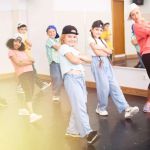 How a Dance School in Instagram Builds Community and Success
How a Dance School in Instagram Builds Community and Success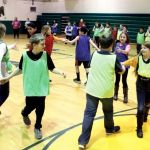 Why Do Schools Teach Square Dancing?
Why Do Schools Teach Square Dancing?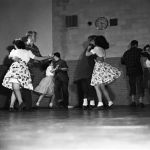 Why Was Square Dancing Taught in School?
Why Was Square Dancing Taught in School? Why Swing Dance Is Popular for Adults
Why Swing Dance Is Popular for Adults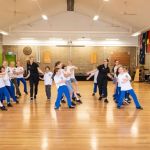 A School Dance: How to Prepare, Shine, and Make It Unforgettable
A School Dance: How to Prepare, Shine, and Make It Unforgettable